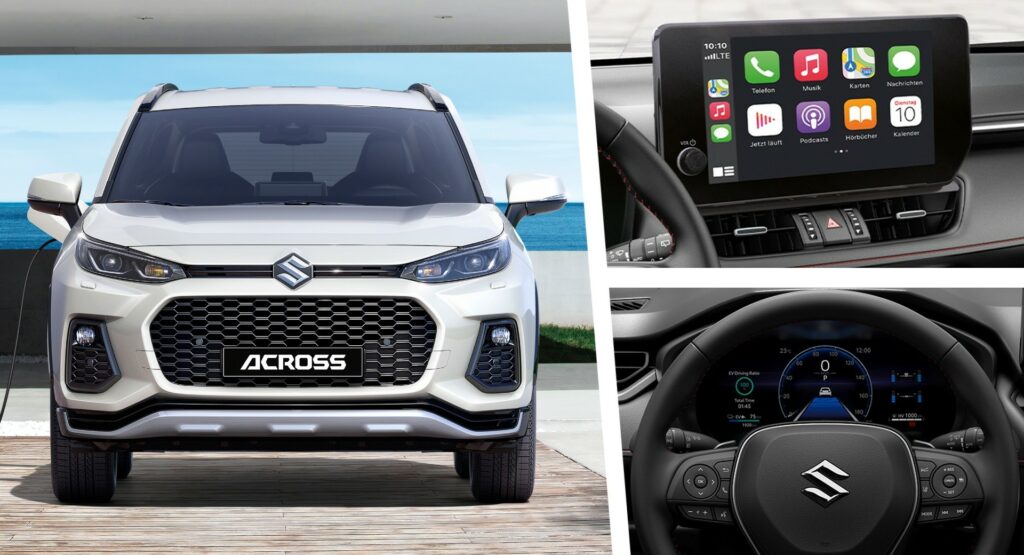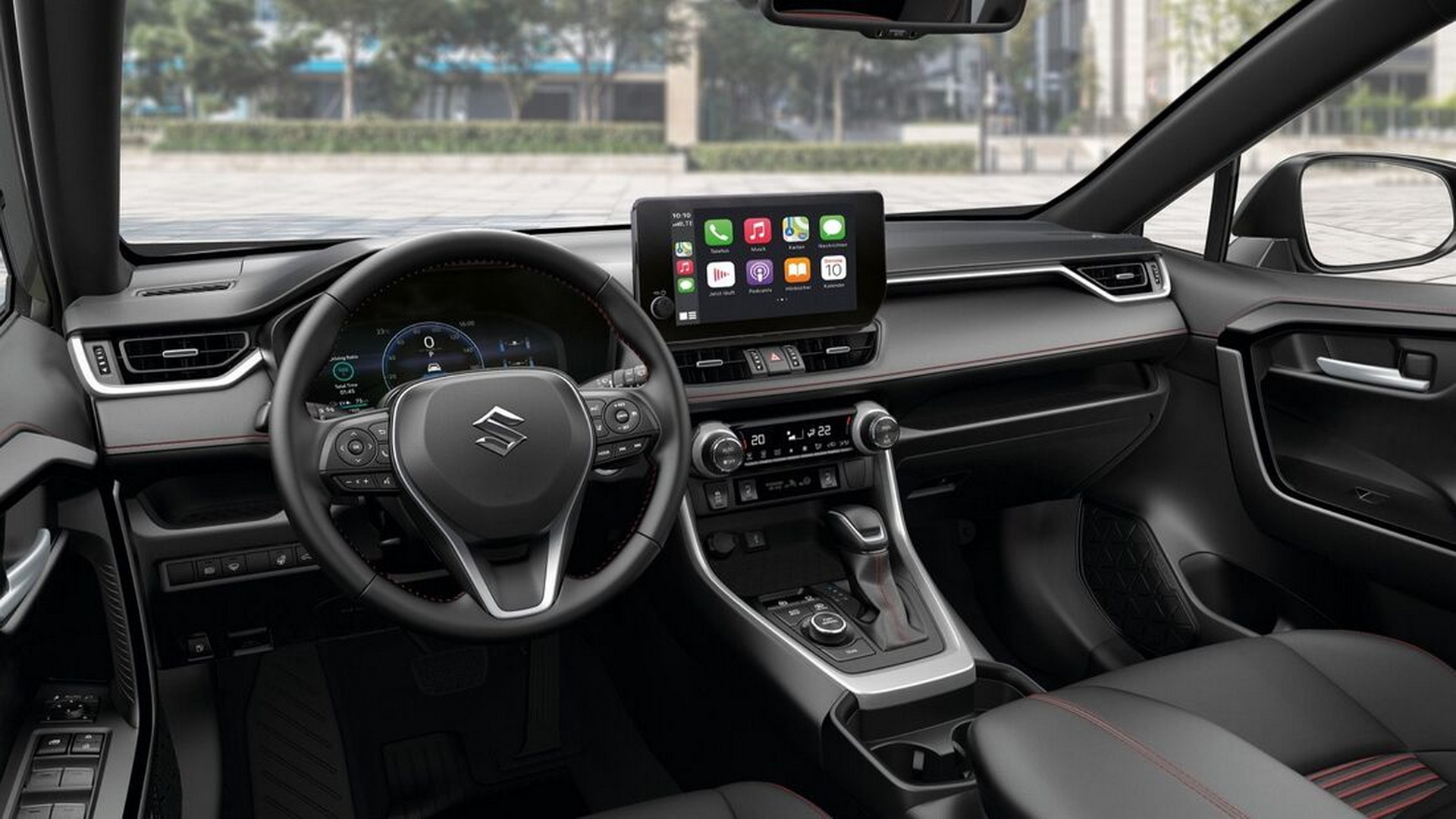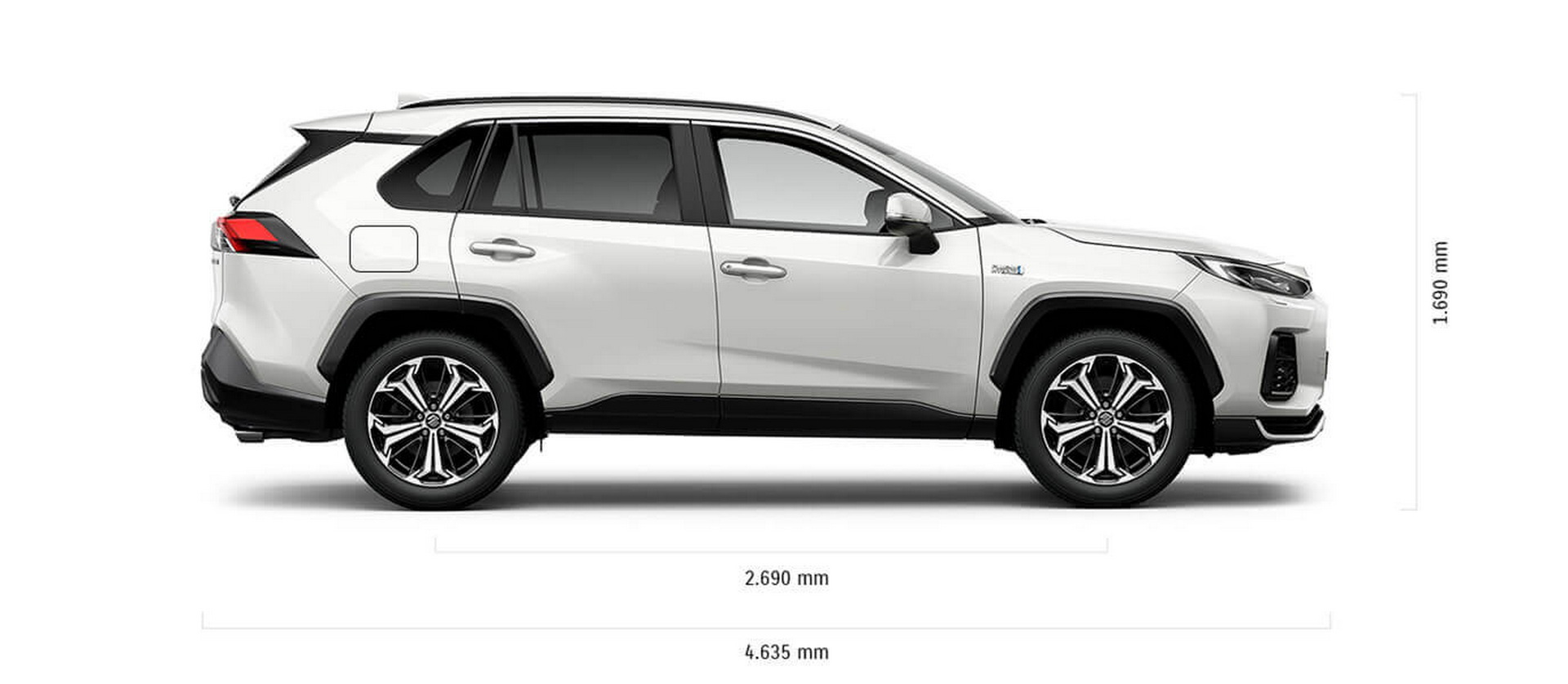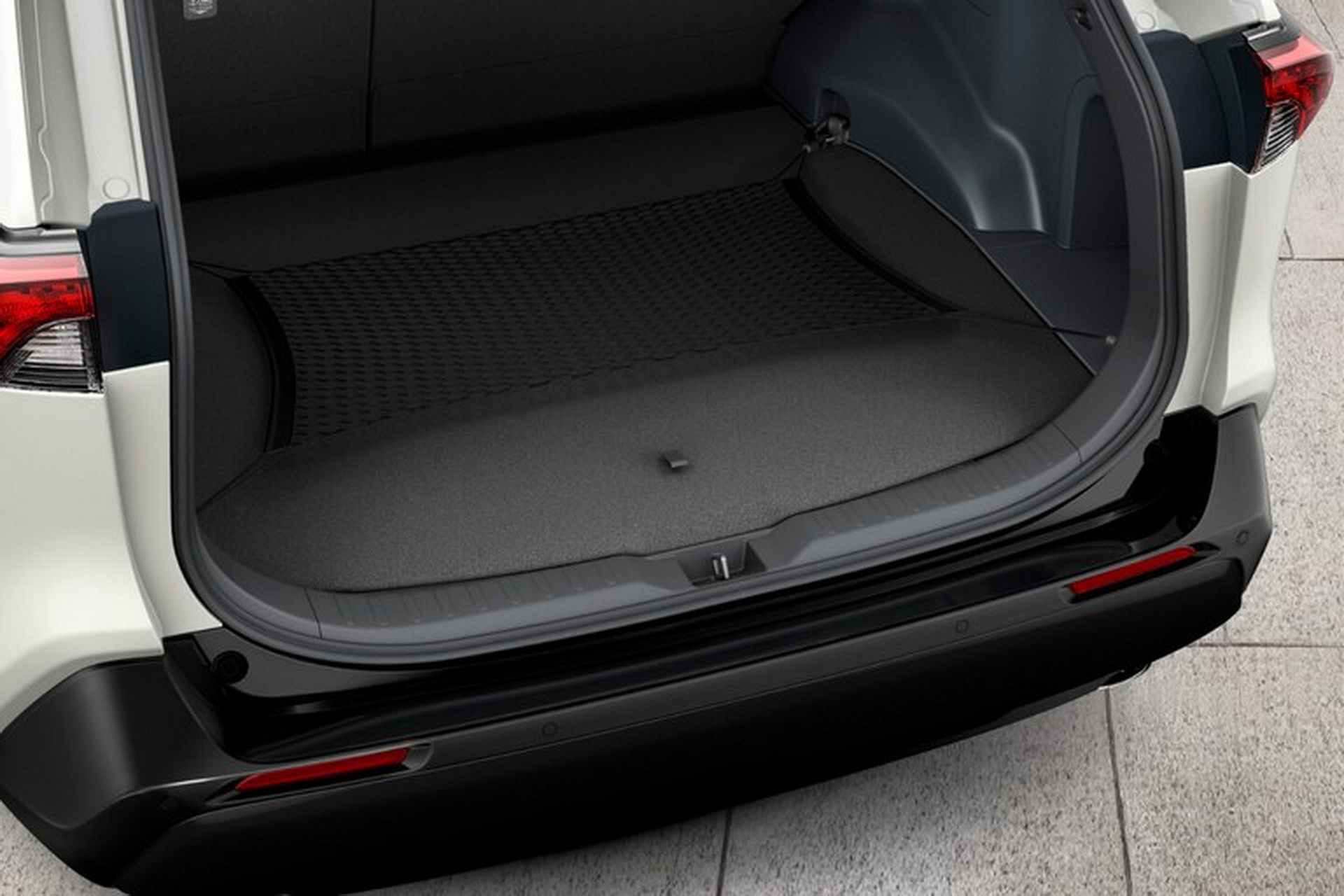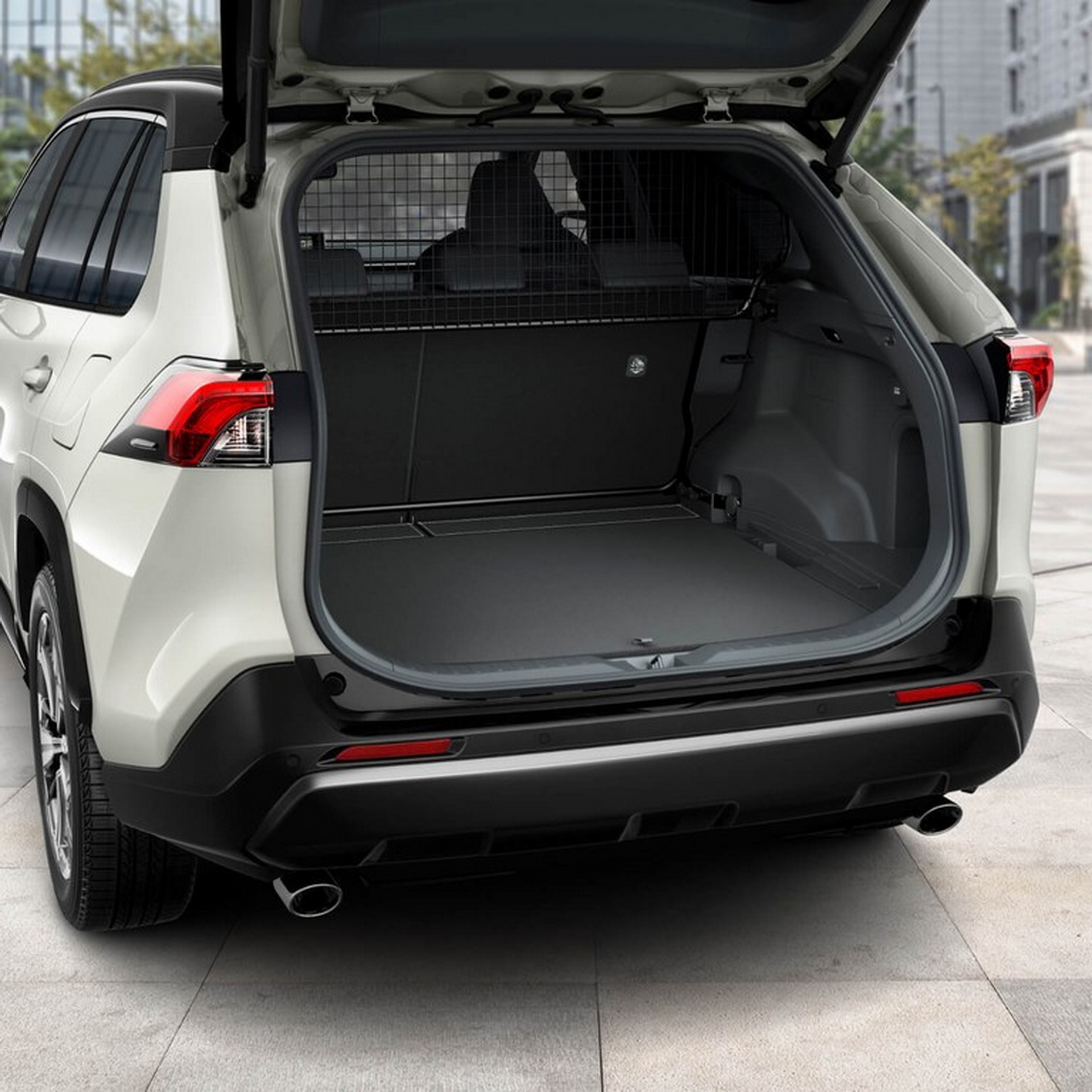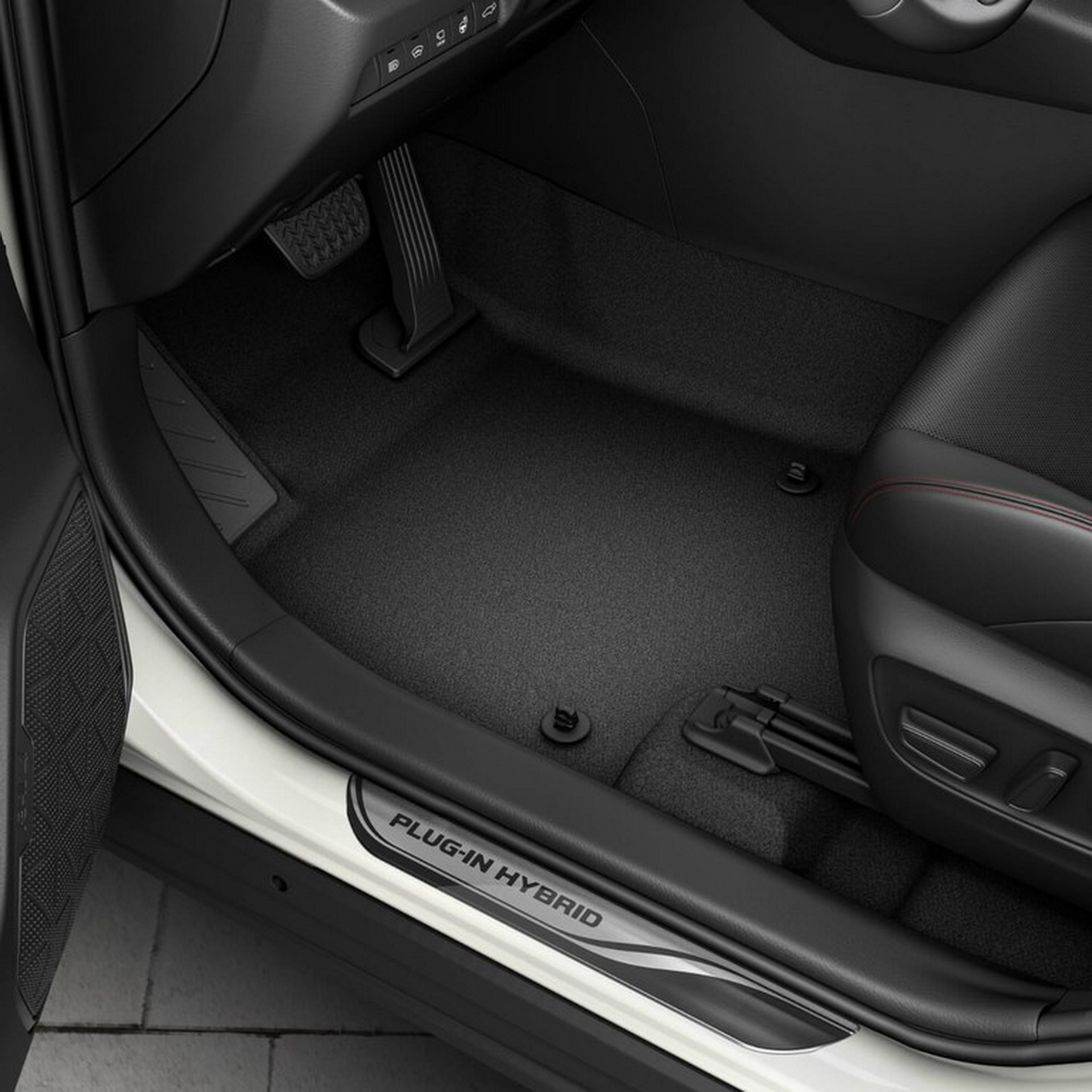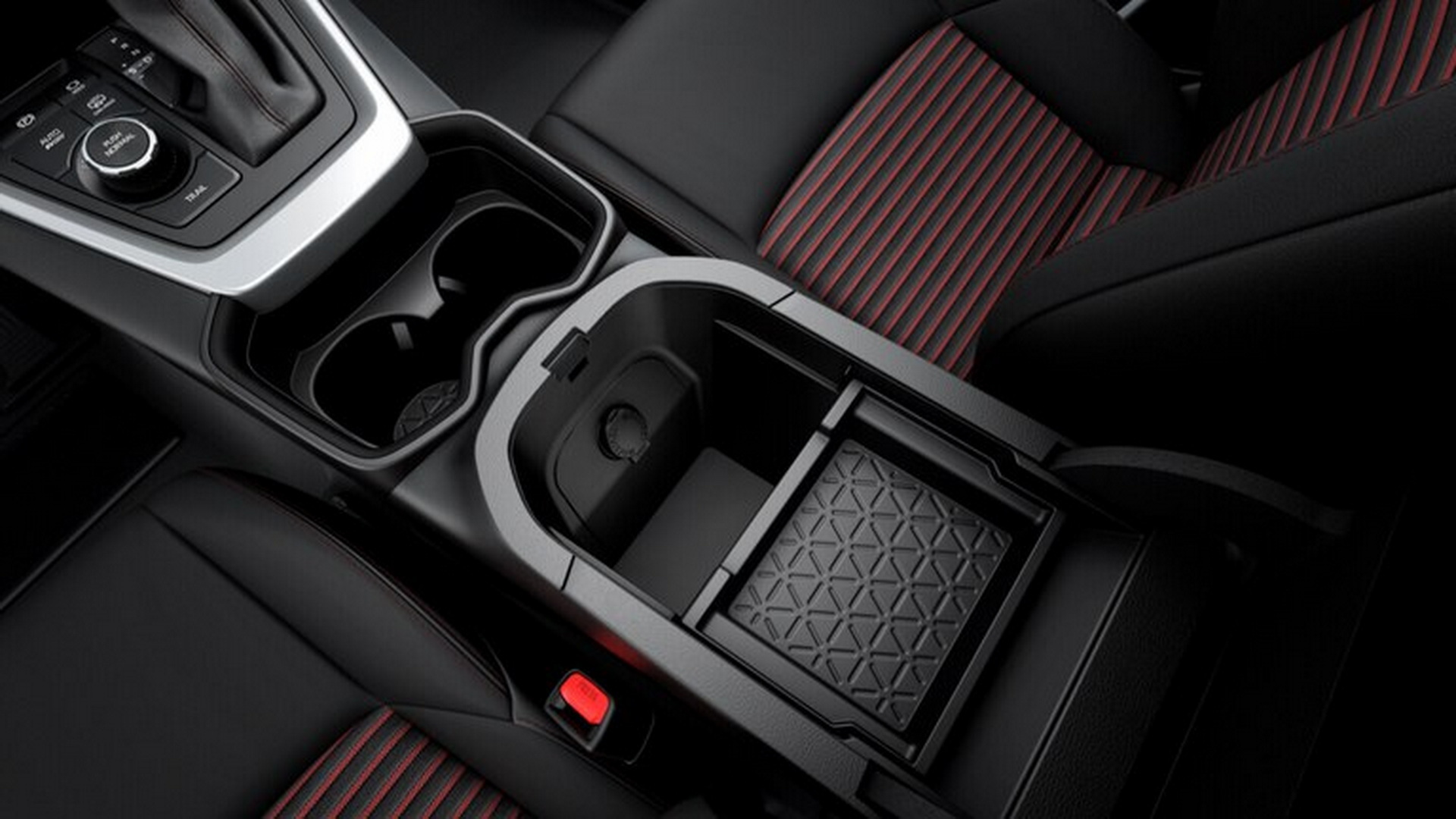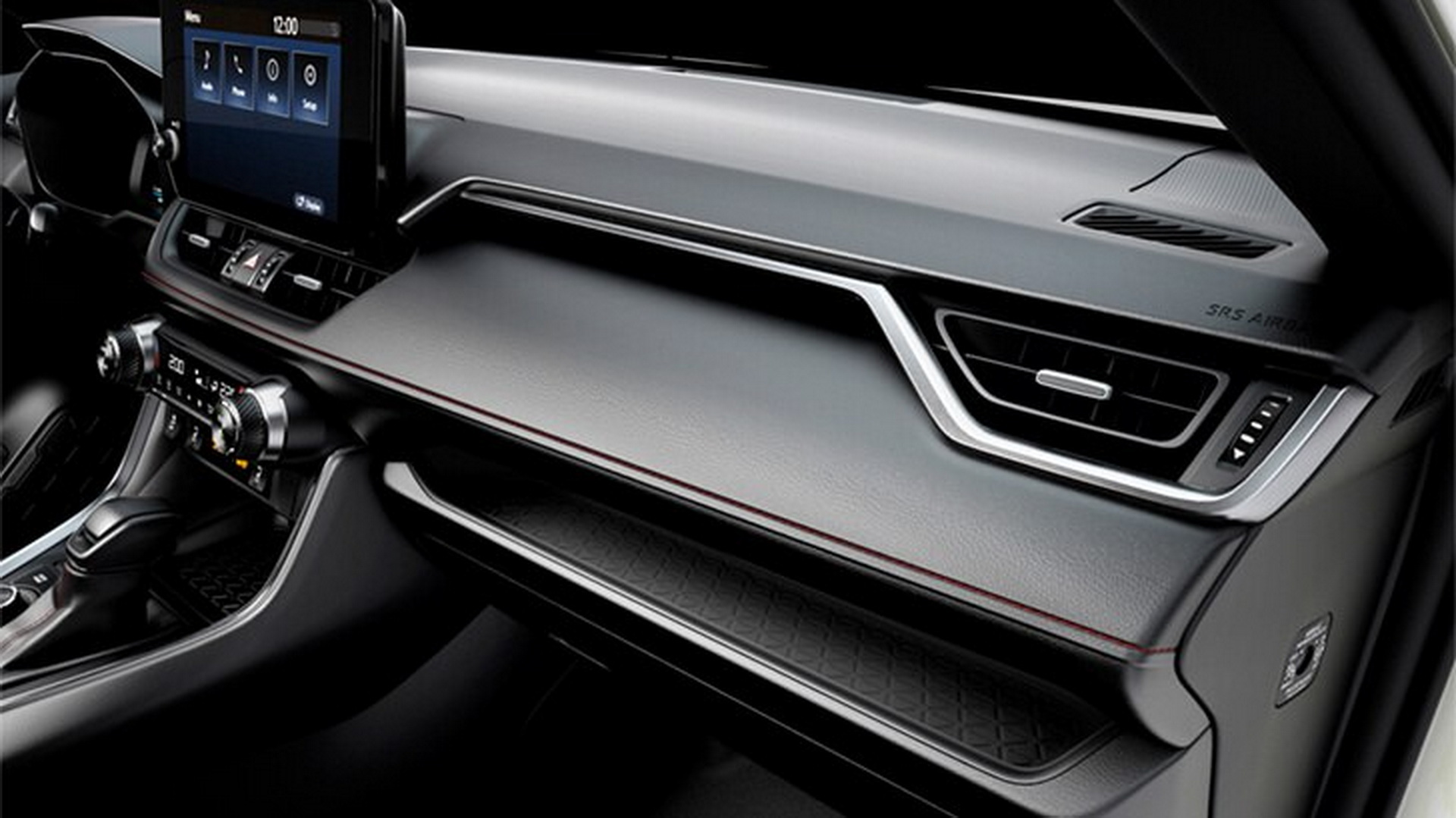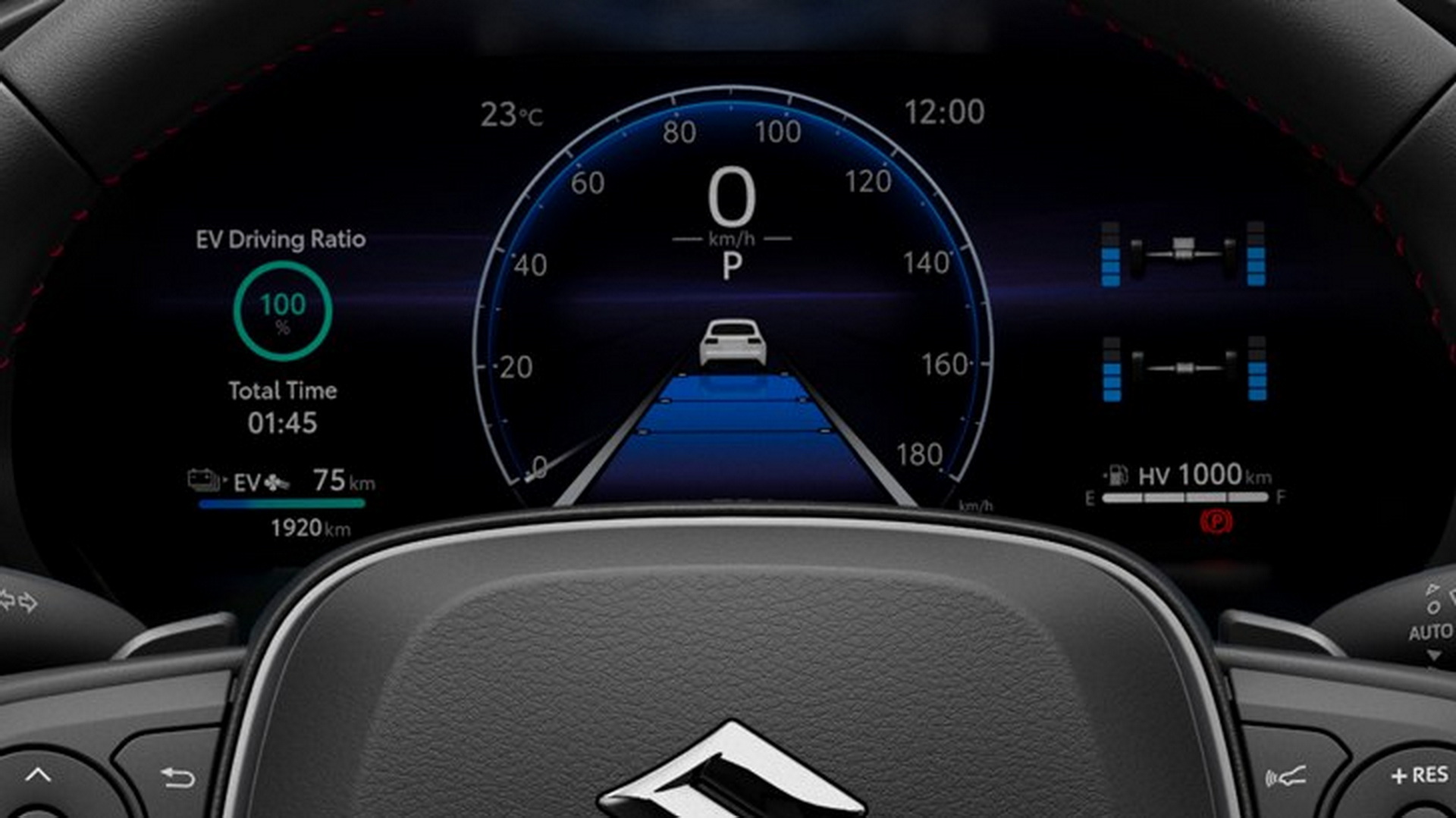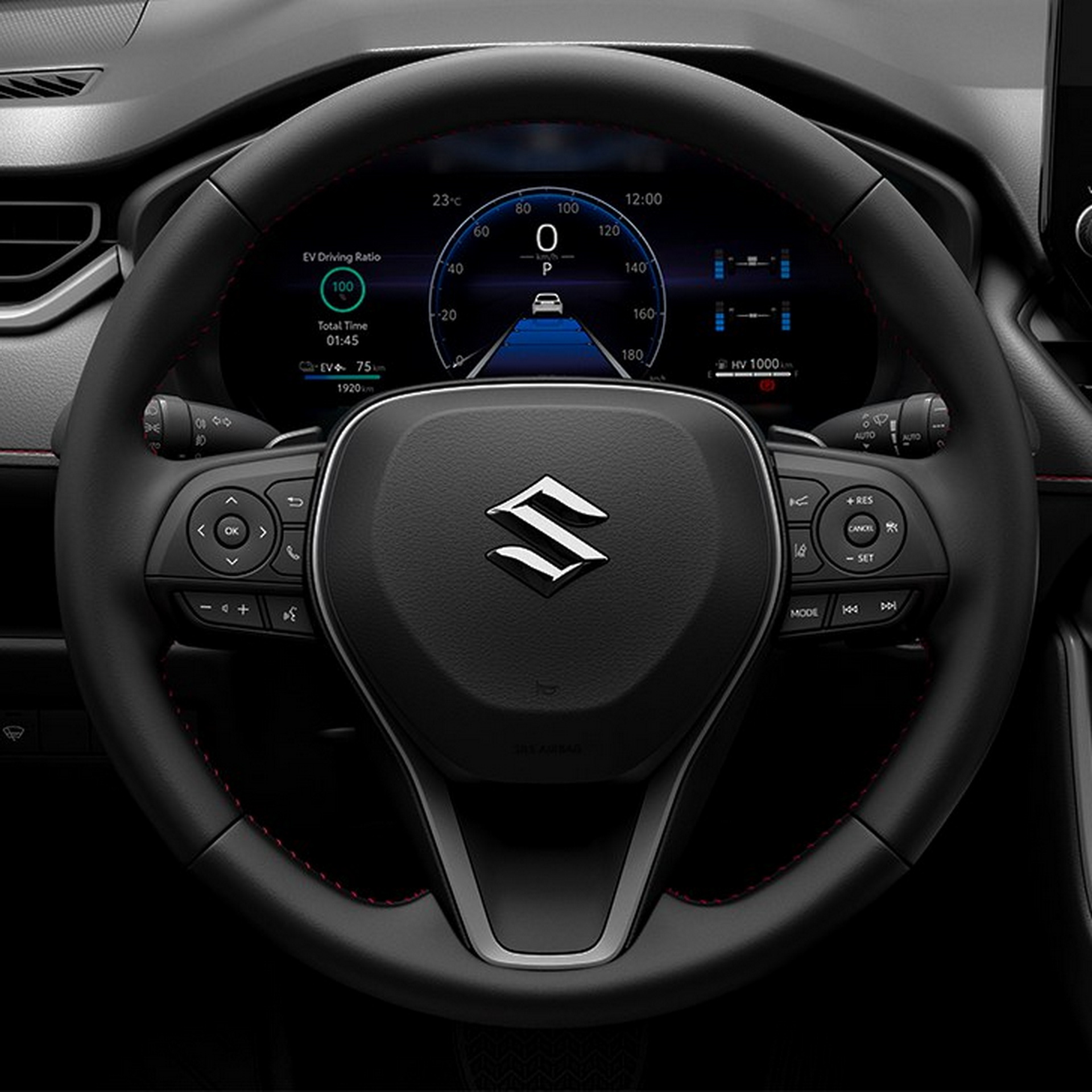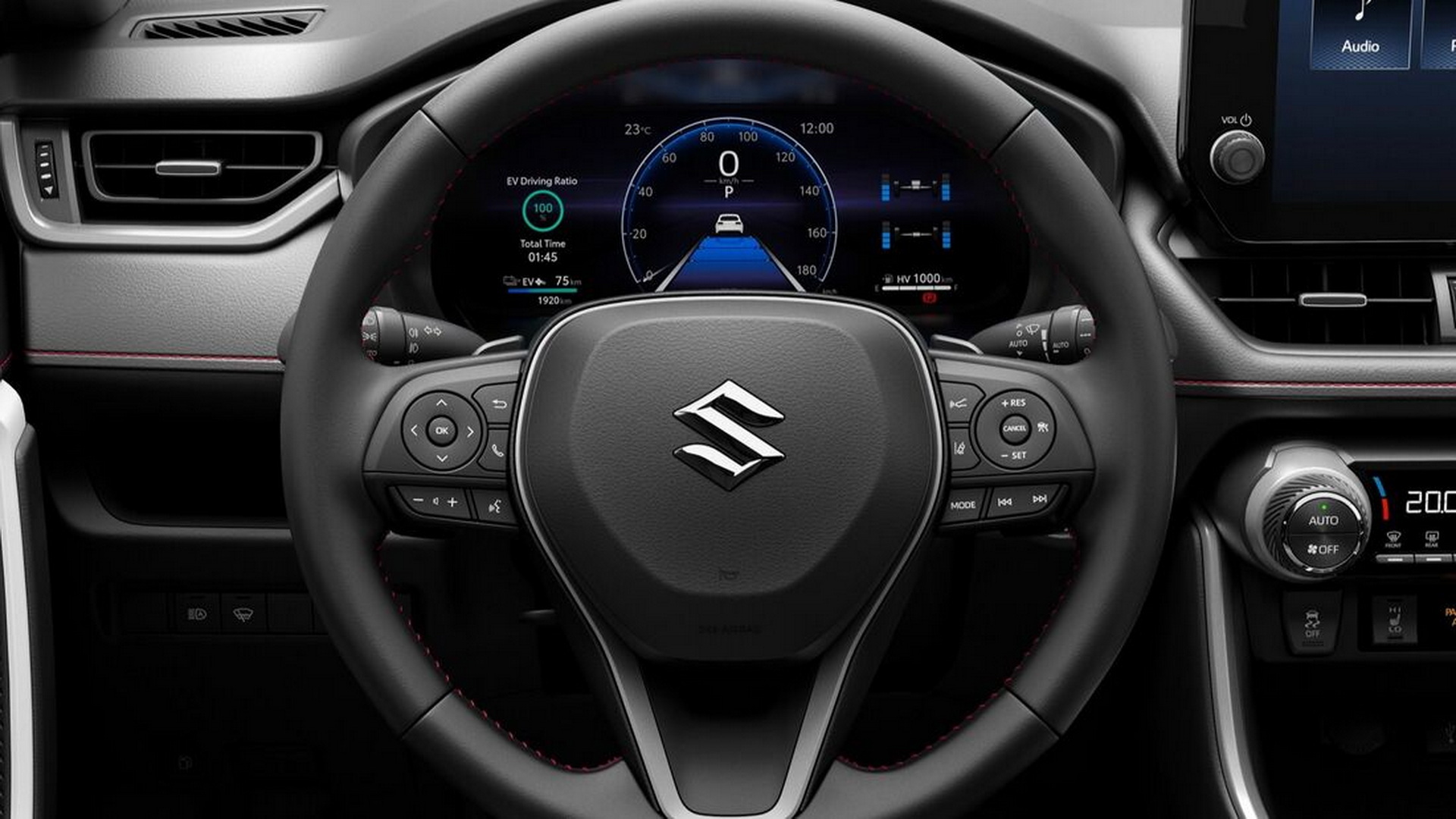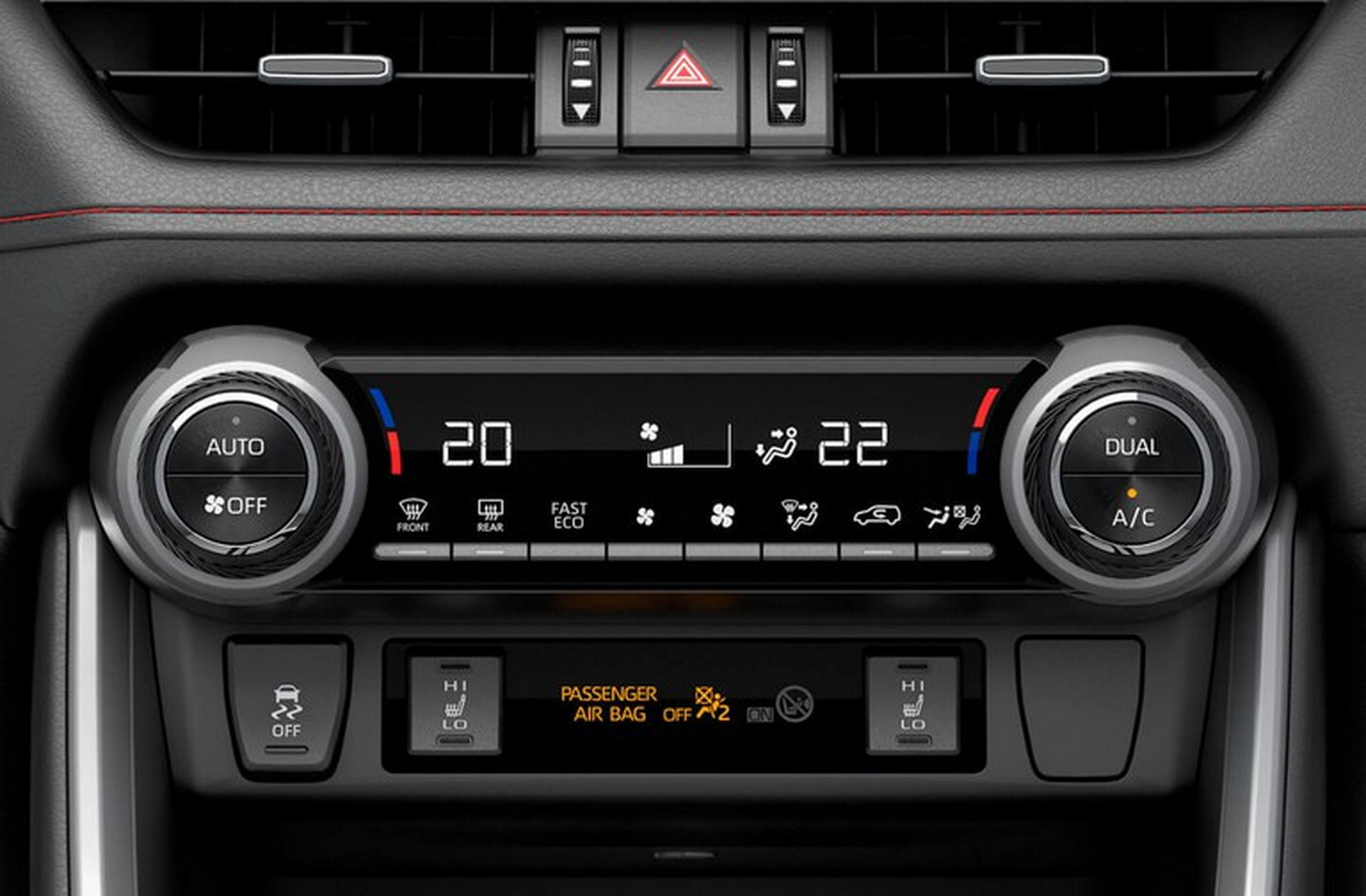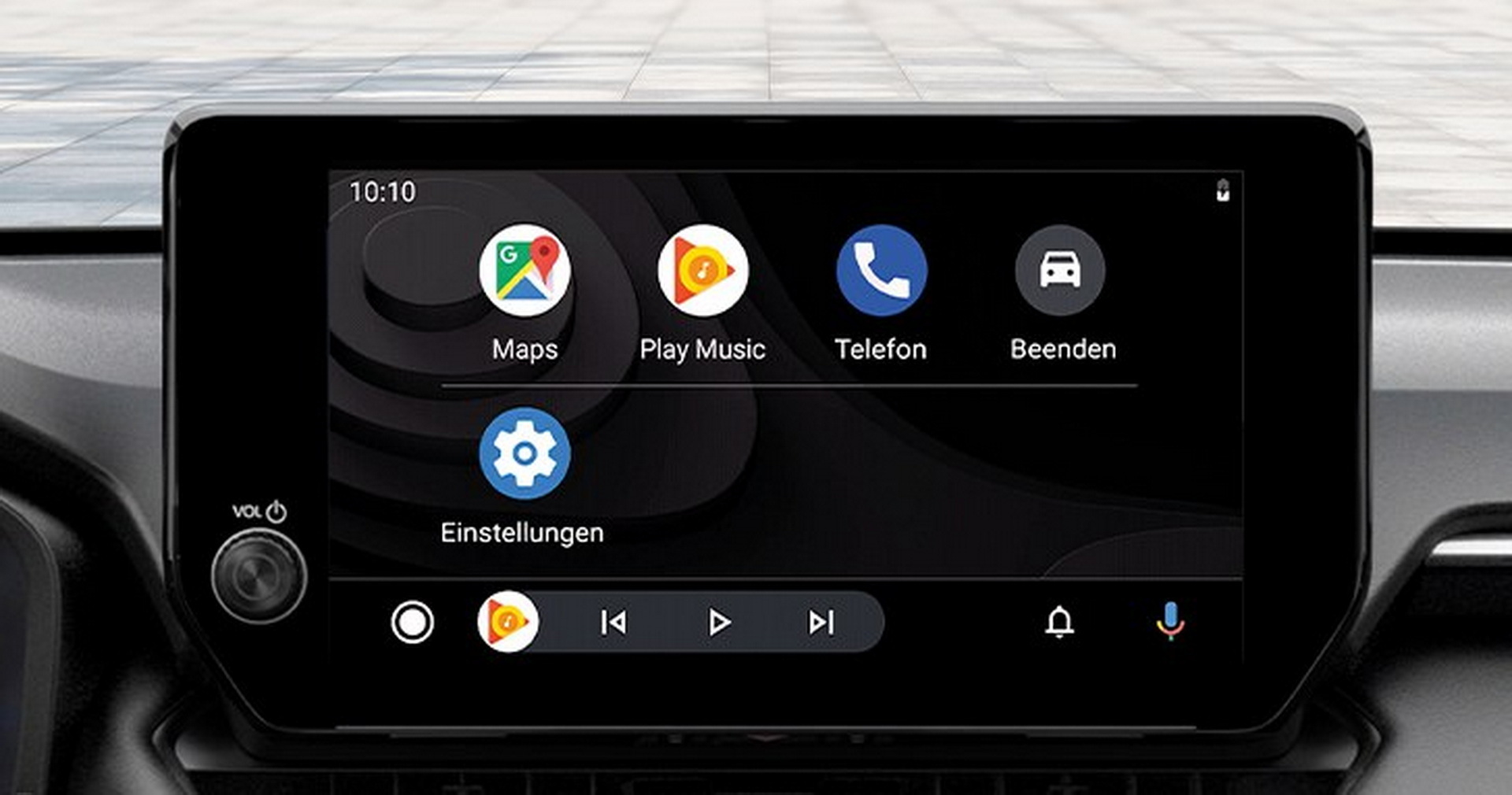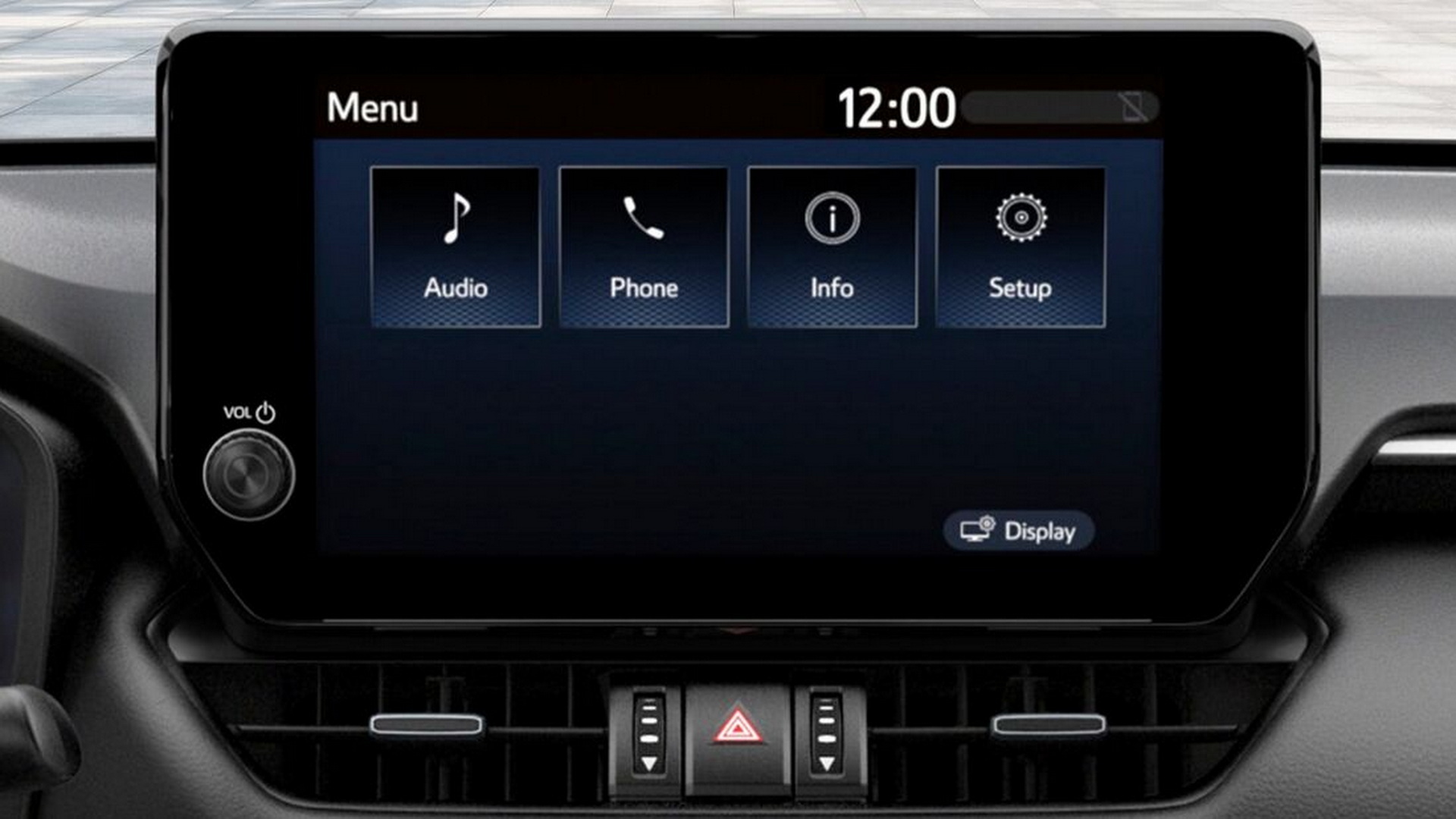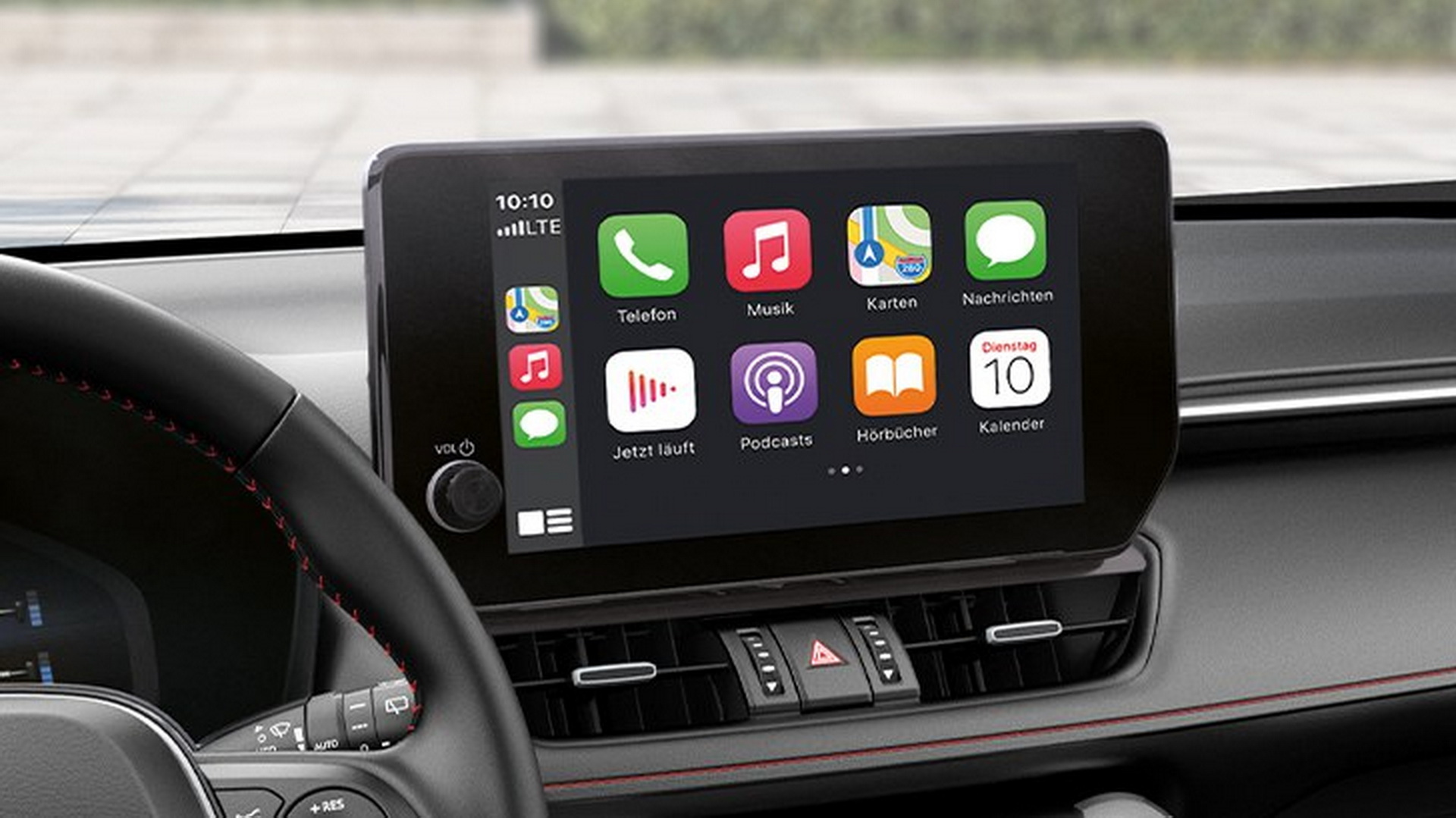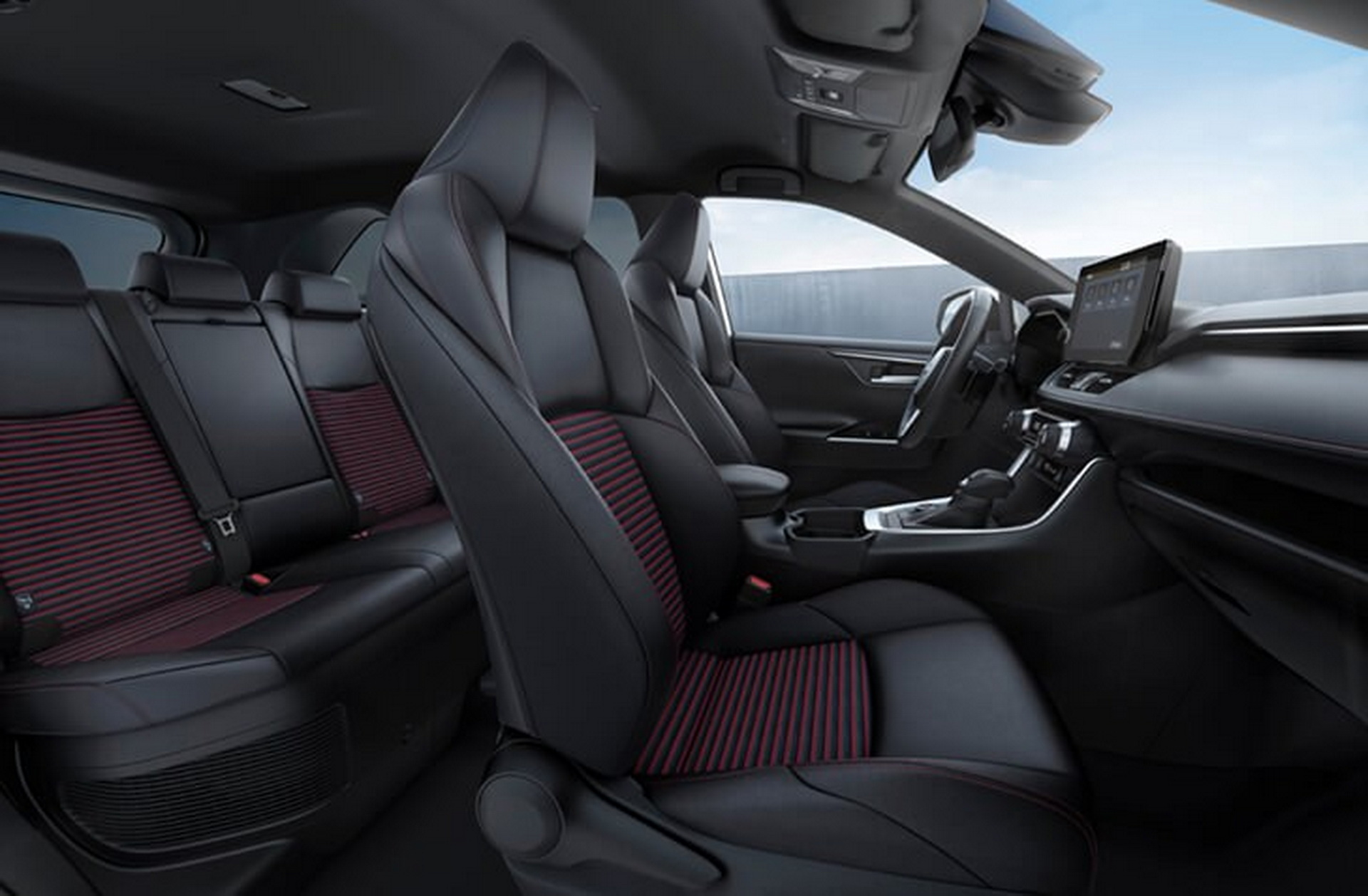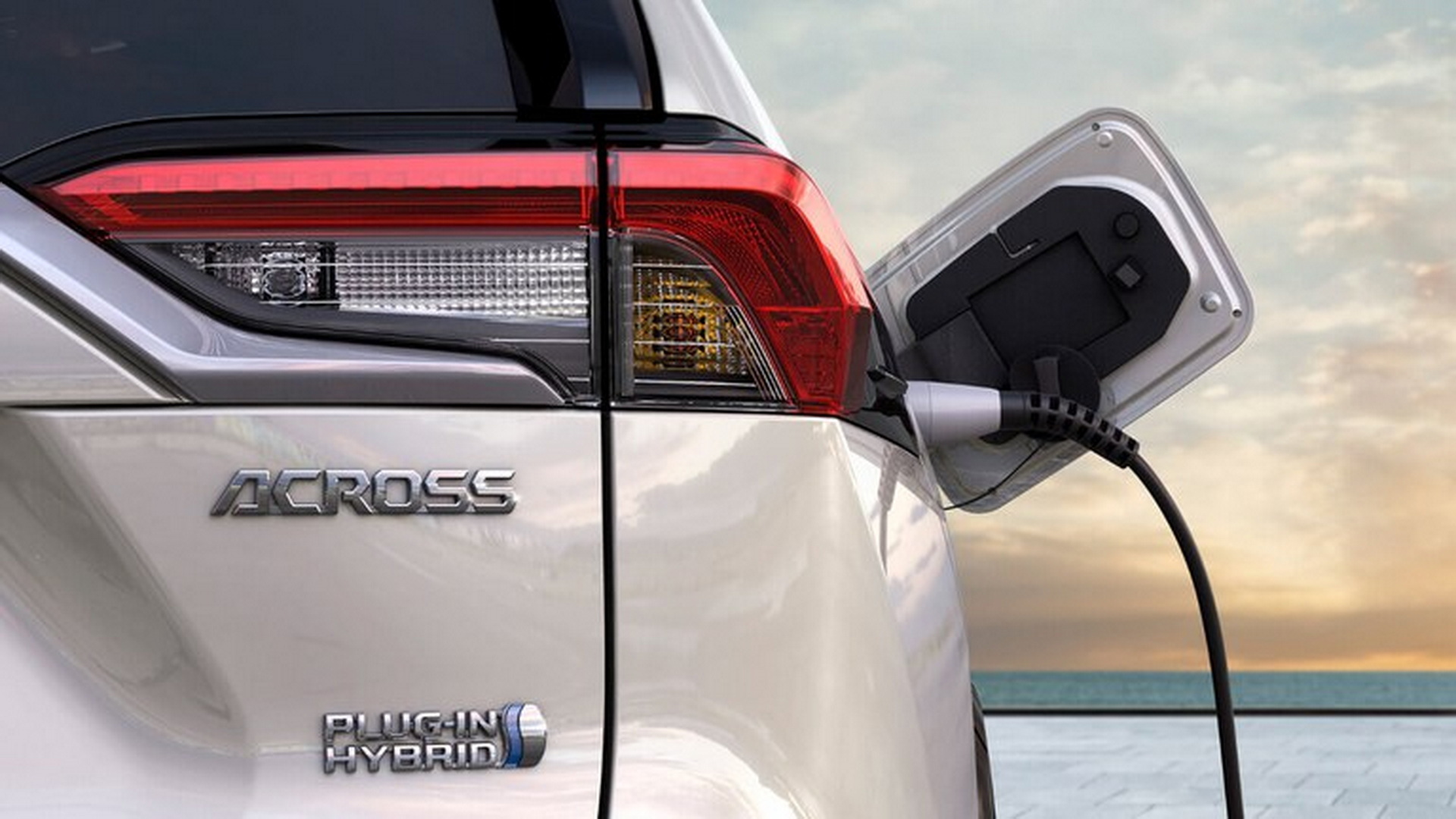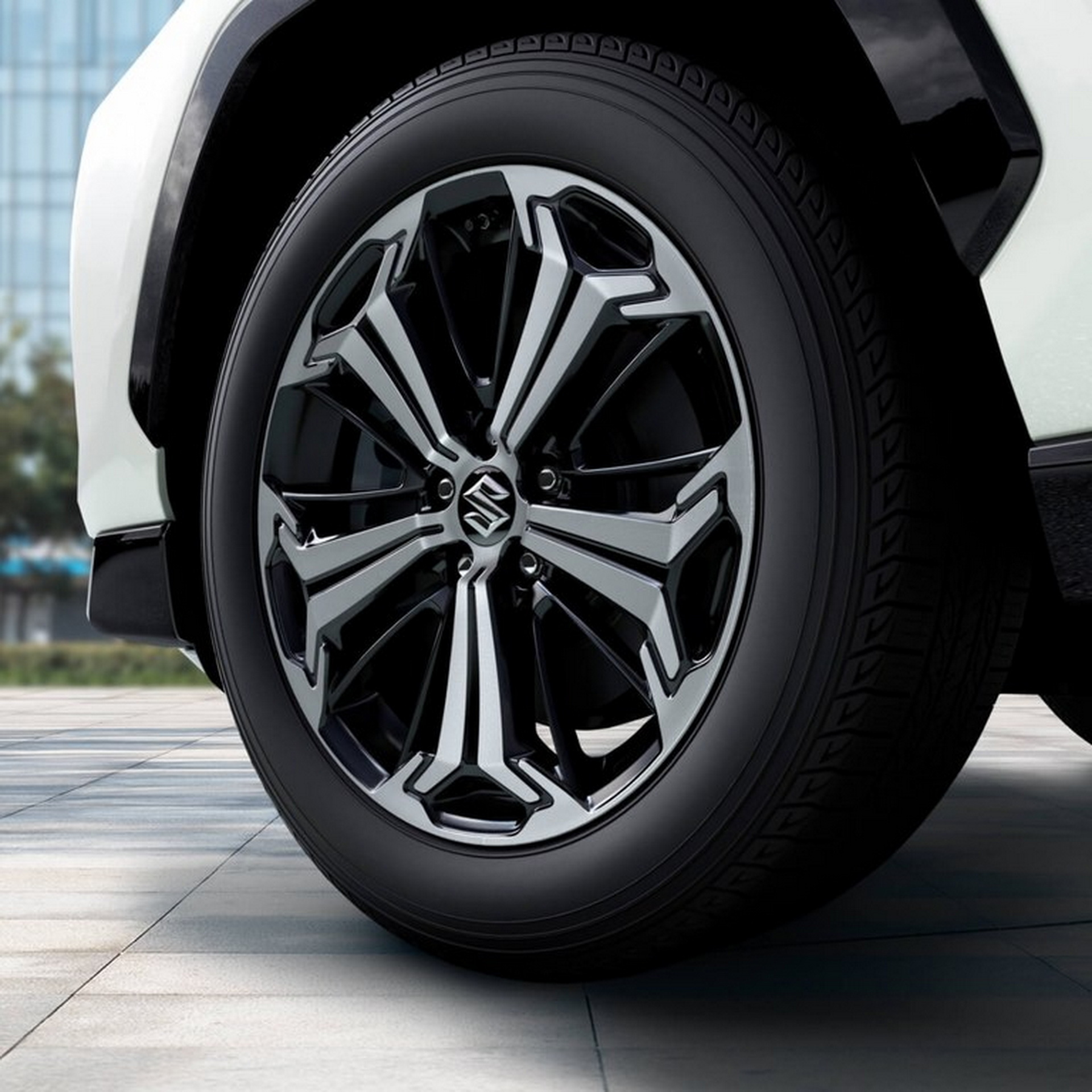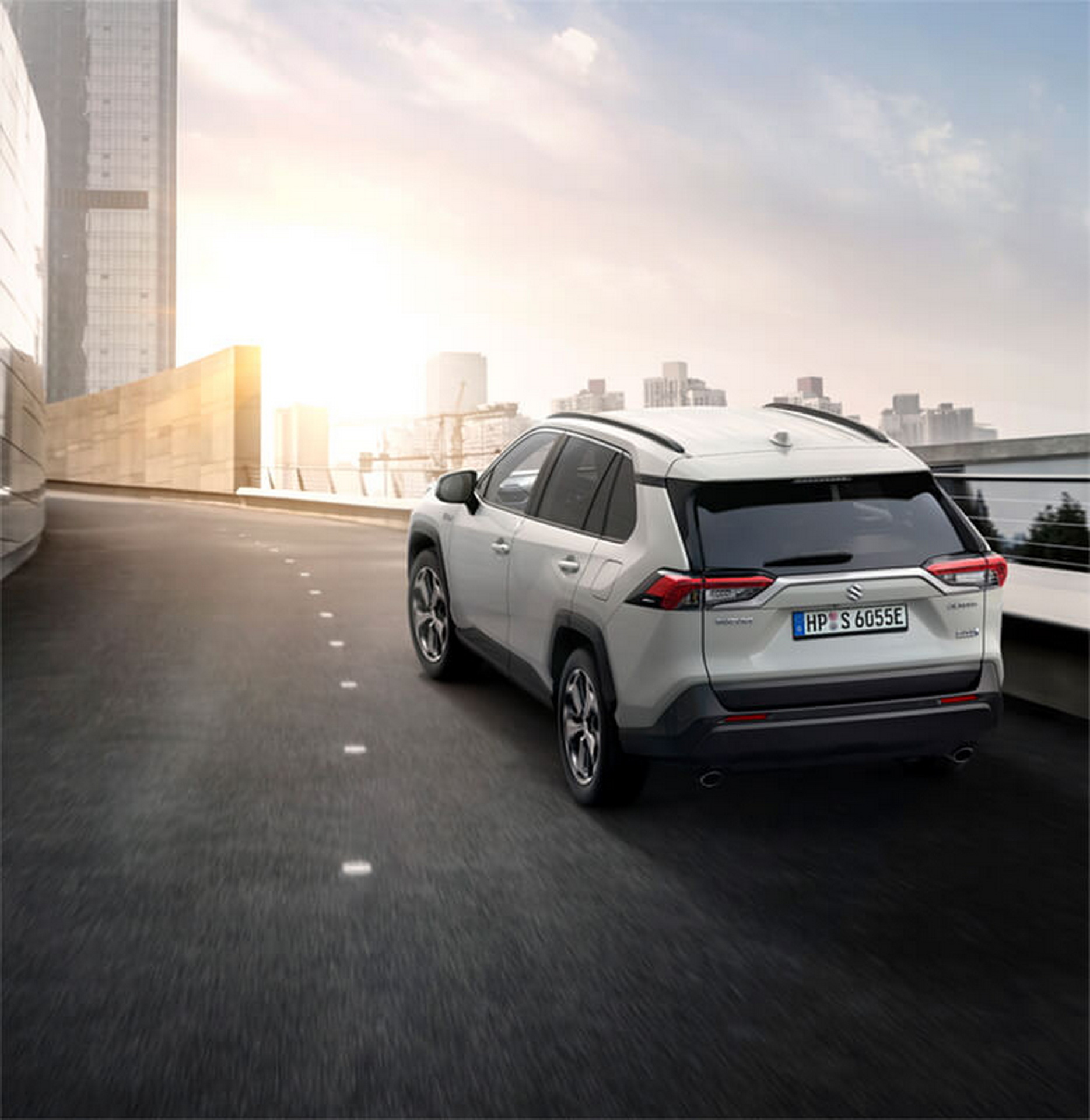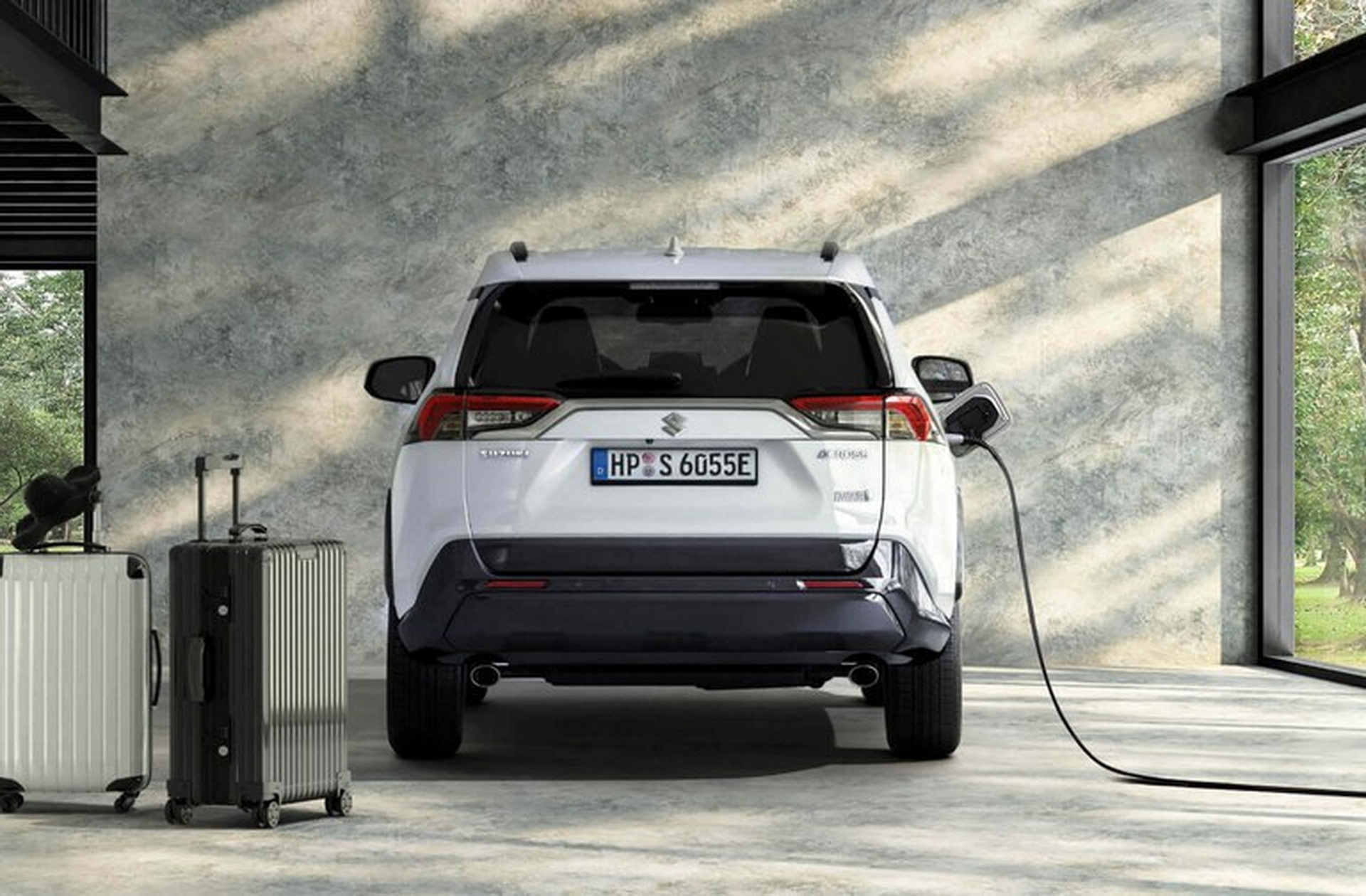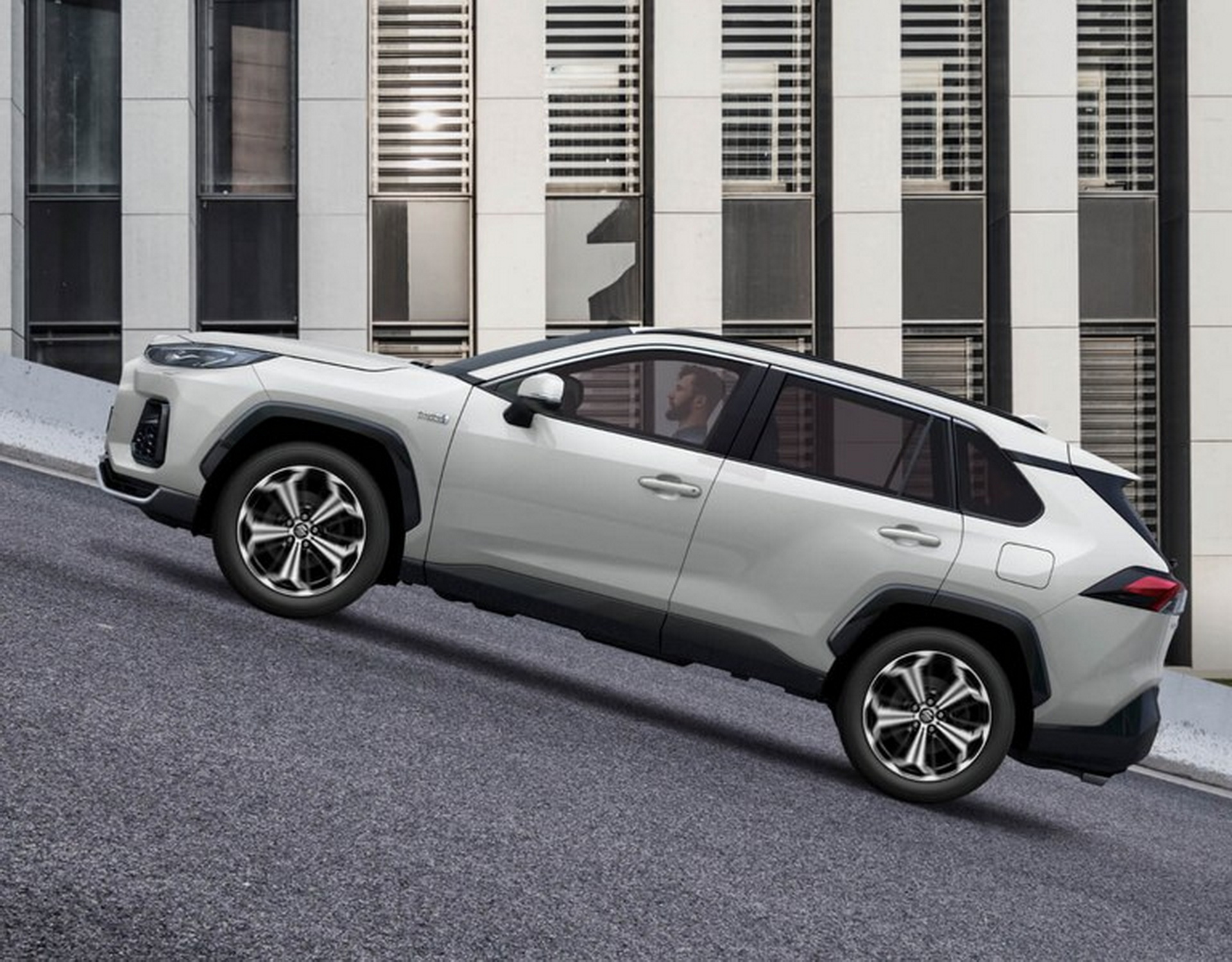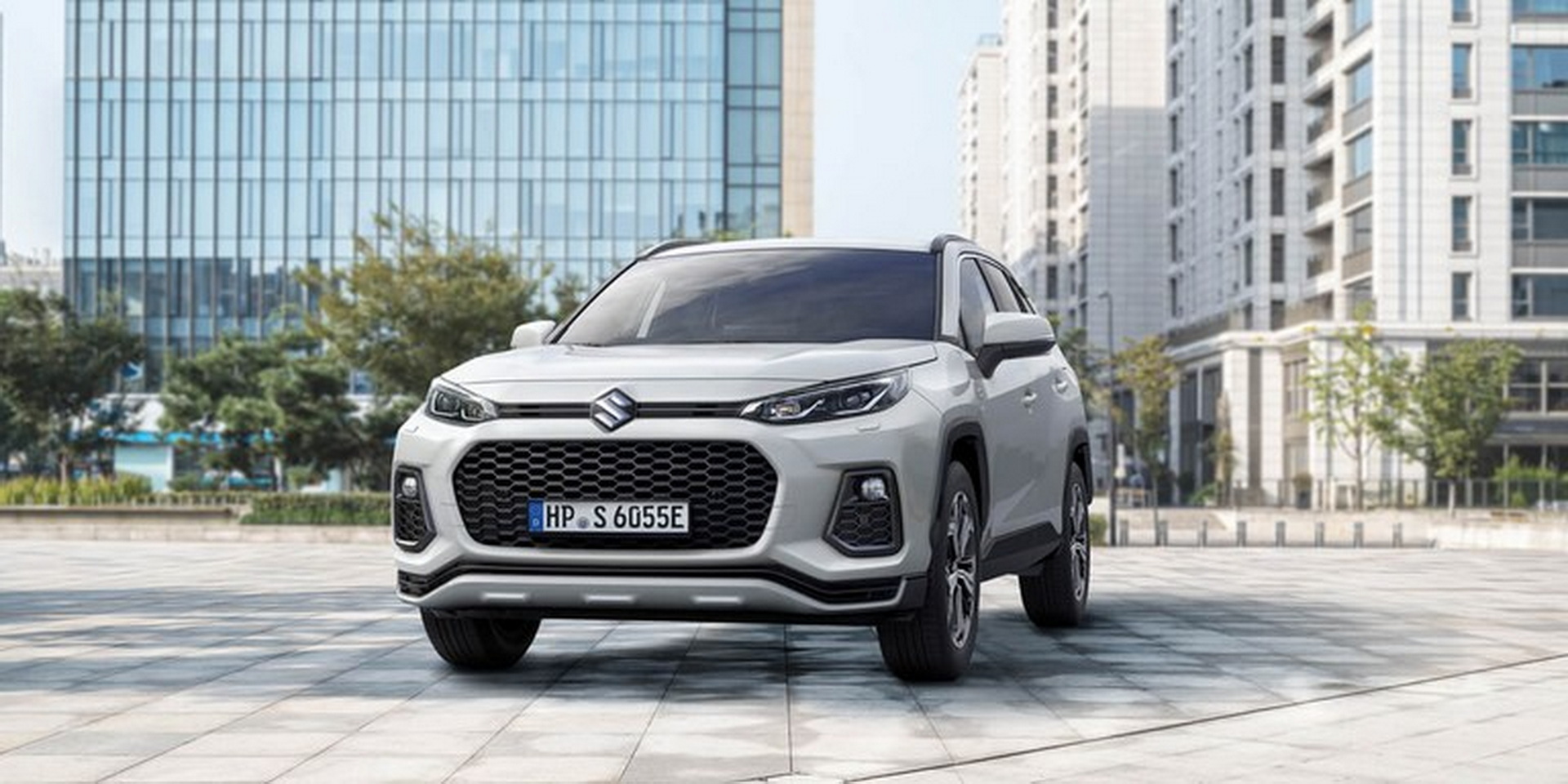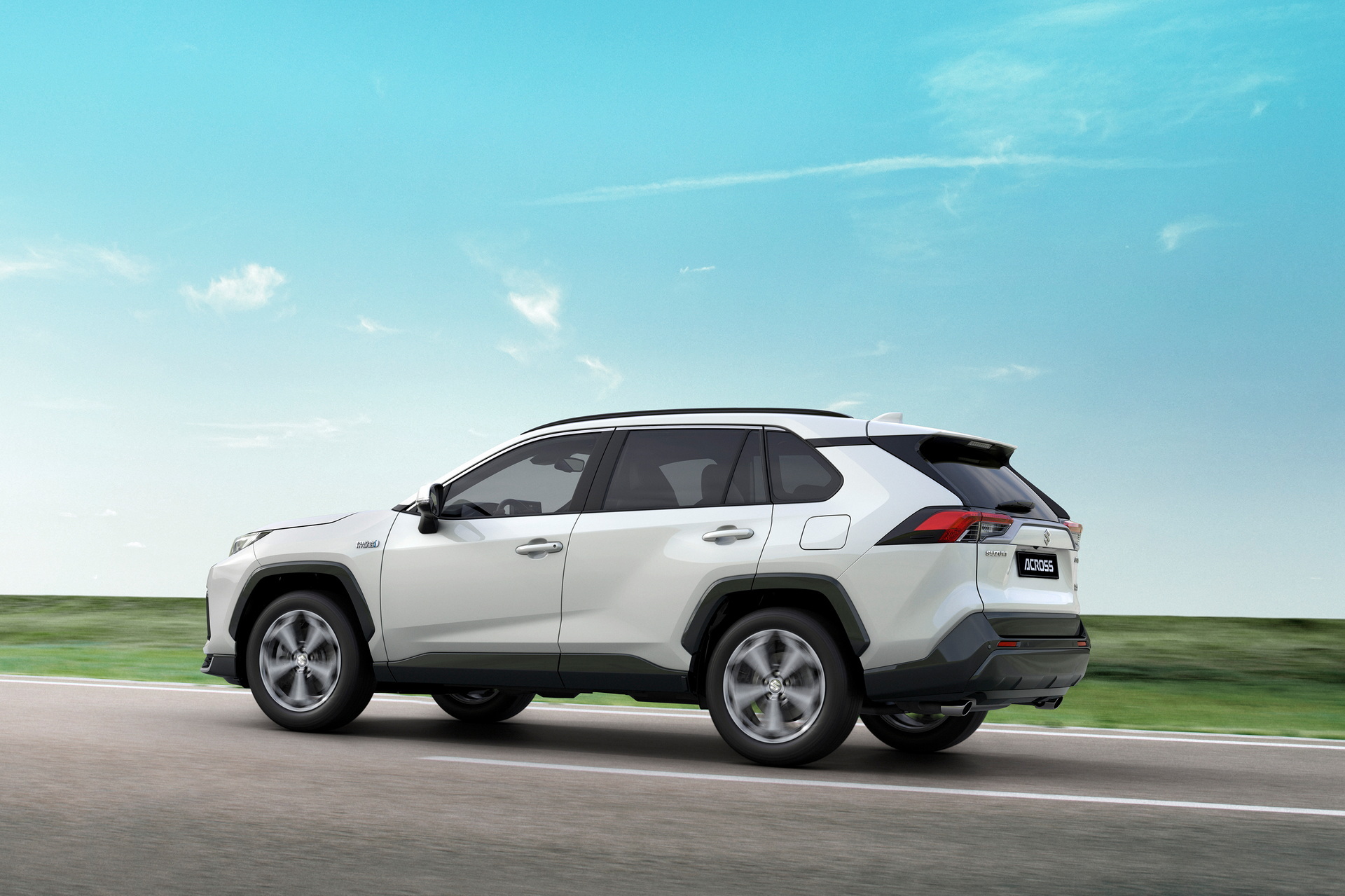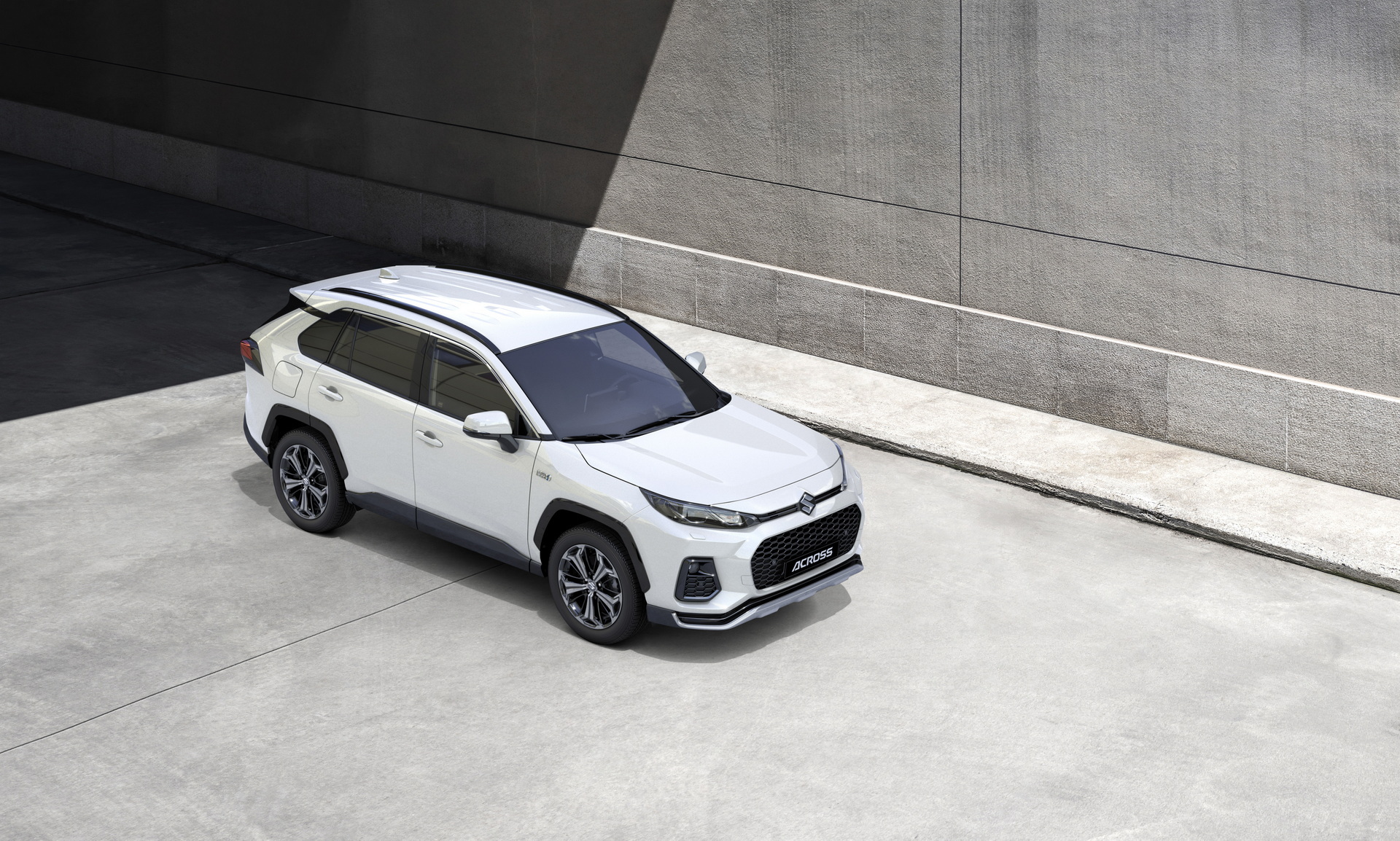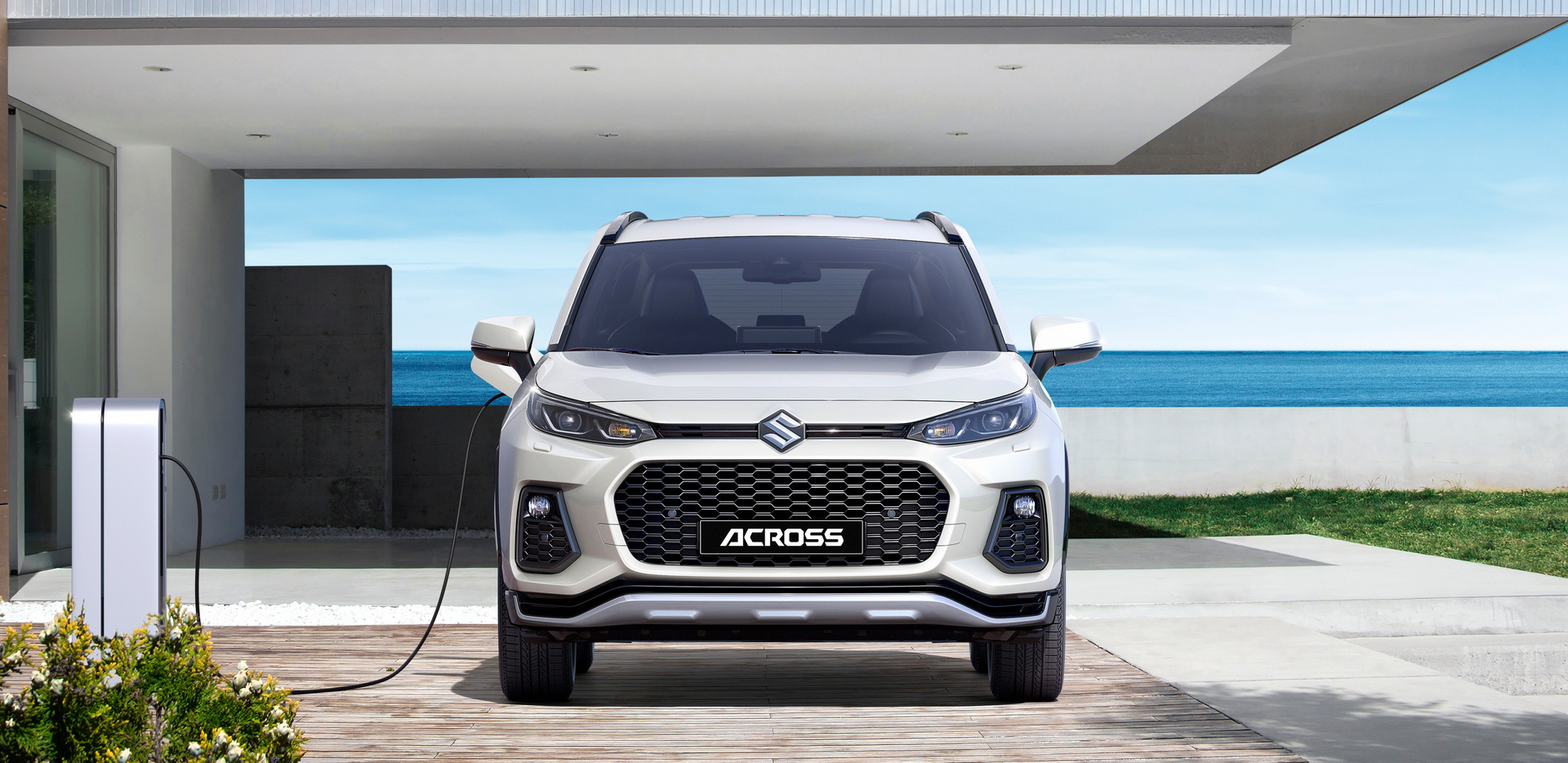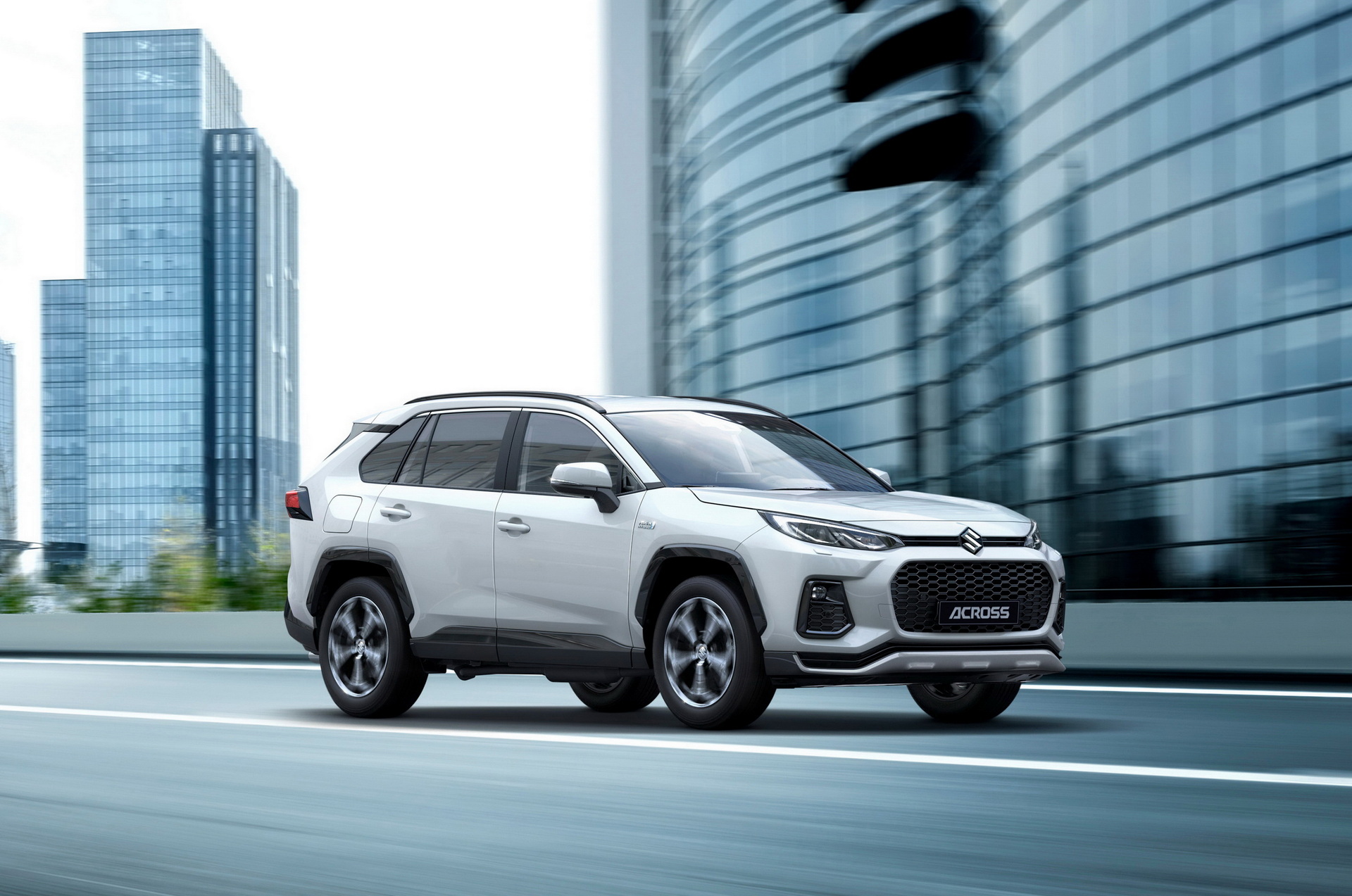The Suzuki Across got minor model year updates for 2022 focused on faster charging, but the infotainment and instrument cluster retained their old form. This changes in 2023, as the plug-in hybrid SUV gains the new infotainment touchscreen and digital instrument cluster found in the recently facelifted Toyota RAV4 twin.
The new infotainment has a 10.5-inch display, replacing the old 9-inch unit. The larger touchscreen does without any physical buttons, but thankfully it retains a physical volume knob. Wireless Apple CarPlay connectivity is now supported, although Android Auto still requires a wired connection. Furthermore, the system now has built-in navigation, unlike its predecessor where the navigation shortcut existed just for show.
Driven: Suzuki Across PHEV Is The Neglected RAV4 Twin Blessed With All The Virtues Of The Original
Another important tech update is the new 12.3-inch instrument cluster that looks a lot more modern than the previous 7-inch screen, offering more personalization options and bringing the SUV more in line with newer rivals. The 2023 Across is available in a single trim level called Comfot+ that has everything you could ask from a modern D-SUV. Besides the revised digital cockpit, standard equipment includes 19-inch alloy wheels, full-LED lighting, heated seats, leather upholstery with red stitching, dual-zone air-conditioning, an electric tailgate, and plenty of ADAS.
The Suzuki Across is exclusively available with the Toyota-sourced plug-in hybrid powertrain that remains unaltered for 2023. It consists of a 2.5-liter petrol engine and dual electric motors producing a combined 302 hp (225 kW / 306 PS). Power is transmitted to all four wheels through the E-Four AWD system. The front-mounted electric motor produces 180 hp (134 kW / 182 PS) and 270 Nm (199 lb-ft) of torque, offering adequate performance in the FWD-only EV mode. The zero-emission range is up to 46.6 miles (75 km) thanks to the floor-mounted 18.1 kWh lithium-ion battery.
In Germany, the 2023 Across retails at €58,190 ($60,593), which makes it the most expensive offering in Suzuki’s lineup. As reported by Auto Motor Und Sport, buyers of the SUV won’t have access to the German government’s subsidy for PHEVs which expires by the end of 2022. We expect the mildly updated model to gradually roll out in other European markets, serving as a slightly more expensive alternative to the almost identical Toyota RAV4 PHEV.




